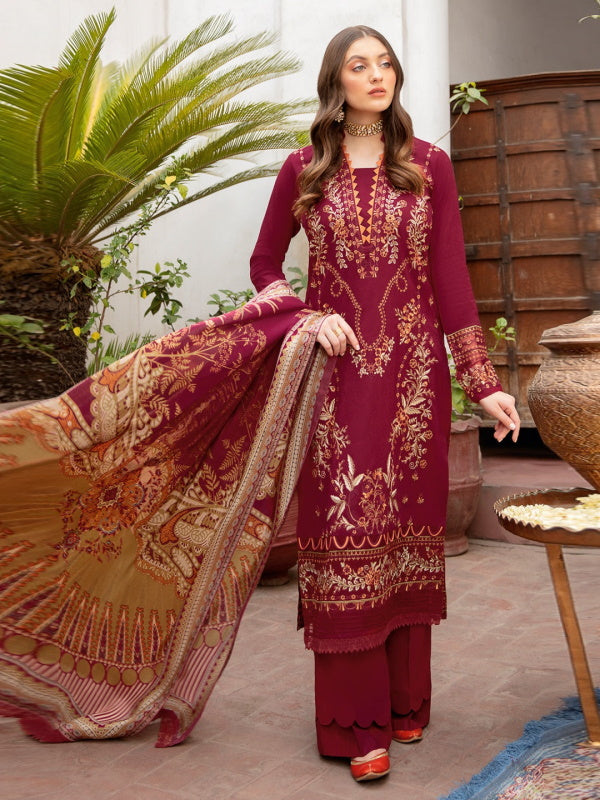When it comes to choosing clothing and accessories, one of the most common concerns is how to manage sweat. Whether you're hitting the gym, attending a summer wedding, or simply navigating a hot day in the city, the last thing you want is to feel self-conscious about sweat stains. Fortunately, advancements in textile technology have led to the development of materials specifically designed to minimize the visibility of sweat. In this article, we will explore various materials that won’t show sweat, their properties, and how to choose the right one for your needs.
Understanding Sweat and Its Impact on Clothing
Before diving into the materials, it's essential to understand what sweat is and how it interacts with fabrics. Sweat is primarily composed of water, salts, and other trace elements. When sweat evaporates, it can leave behind residues that may stain or discolor fabrics, particularly in areas prone to perspiration, such as the underarms and back. The visibility of sweat on clothing can be influenced by several factors, including fabric color, texture, and moisture-wicking properties.
Key Properties of Sweat-Resistant Materials
- Moisture-Wicking: This property allows the fabric to draw moisture away from the skin and disperse it across the surface of the material, facilitating quicker evaporation. Fabrics with moisture-wicking capabilities are often made from synthetic fibers like polyester or nylon, which are engineered to keep you dry.
- Color and Pattern: Darker colors and busy patterns can help camouflage sweat stains. Fabrics that incorporate these design elements can be beneficial for those who are particularly concerned about sweat visibility.
- Breathability: Breathable fabrics allow air to circulate, helping to regulate body temperature and reduce sweat production. Materials like cotton and linen are known for their breathability, but they may not always be the best at hiding sweat.
- Quick-Drying: Fabrics that dry quickly can help minimize the appearance of sweat. Synthetic materials often have this property, making them ideal for activewear.
Top Sweat-Resistant Materials
- Polyester
Polyester is a synthetic fabric that excels in moisture-wicking and quick-drying properties. It is lightweight, durable, and often treated with anti-microbial finishes to reduce odor. Polyester blends, such as those combined with spandex, offer stretch and comfort, making them ideal for athletic wear.
- Nylon
Nylon is another synthetic option that is known for its strength and elasticity. It has excellent moisture-wicking capabilities and dries quickly, making it suitable for both casual and active wear. Nylon fabrics often have a smooth finish, which can help reduce friction and enhance comfort.
- Merino Wool
While wool may seem counterintuitive for sweat management, merino wool is a game-changer. It is naturally moisture-wicking and can absorb up to 30% of its weight in moisture without feeling wet. Additionally, merino wool is breathable and regulates temperature, making it suitable for various climates.
- Bamboo Fabric
Bamboo fabric is gaining popularity due to its eco-friendliness and natural moisture-wicking properties. It is soft, breathable, and has inherent anti-bacterial qualities, which help reduce odor. Bamboo fabric can be an excellent choice for those looking for sustainable options that also manage sweat effectively.
- Tencel (Lyocell)
Tencel is a sustainable fabric made from wood pulp, known for its softness and breathability. It has excellent moisture-wicking properties and is biodegradable, making it an environmentally friendly choice. Tencel garments often have a luxurious feel and drape, making them suitable for both casual and formal wear.
Choosing the Right Material for Your Needs
When selecting clothing that won’t show sweat, consider the following factors:
- Activity Level: For high-intensity activities, prioritize moisture-wicking and quick-drying materials like polyester or nylon. For casual wear, consider breathable fabrics like merino wool or bamboo.
- Color and Design: Opt for darker colors or patterns that can help disguise sweat marks. Avoid light colors, especially in areas prone to sweating.
- Fit and Comfort: Ensure that the clothing fits well and allows for airflow. Loose-fitting garments can help with breathability, while tighter fits may trap heat and moisture.
- Care Instructions: Some sweat-resistant materials may require special care, such as washing in cold water or avoiding fabric softeners. Always check the care label to maintain the fabric's properties.
Conclusion
Choosing the right material that won’t show sweat is essential for maintaining comfort and confidence in various situations. By understanding the properties of different fabrics and considering your specific needs, you can make informed choices that keep you looking and feeling your best. Whether you opt for synthetic materials like polyester and nylon or natural options like merino wool and bamboo, the right fabric can make all the difference in managing sweat and enhancing your overall experience.
Stay cool, stay confident, and embrace the freedom that comes with knowing you’ve chosen the right materials for your lifestyle!

